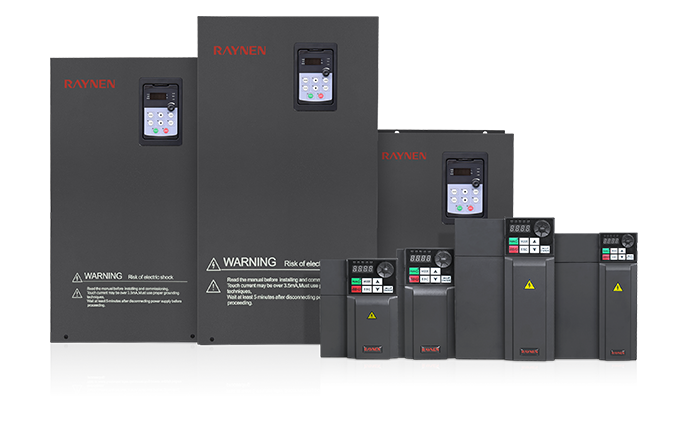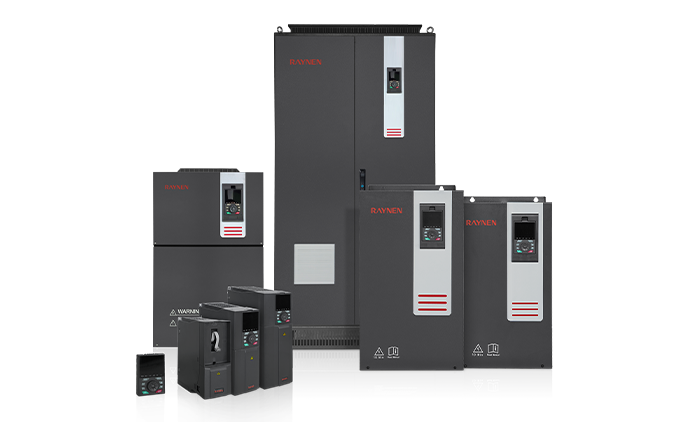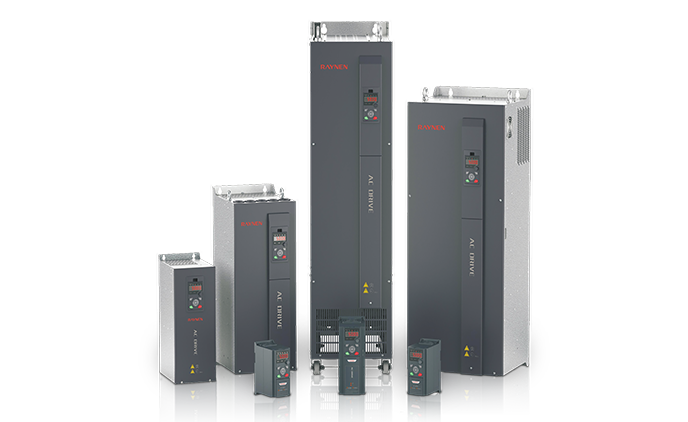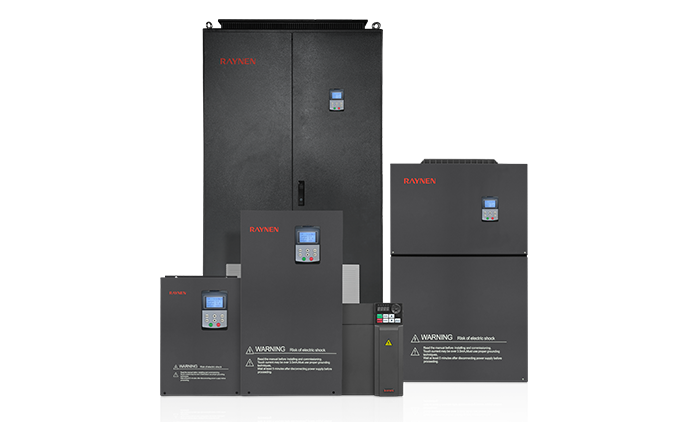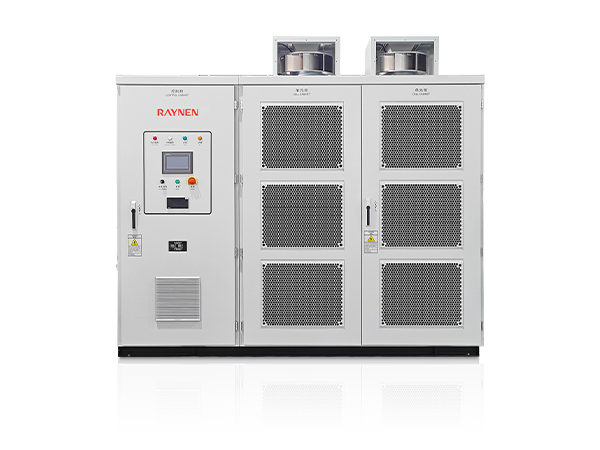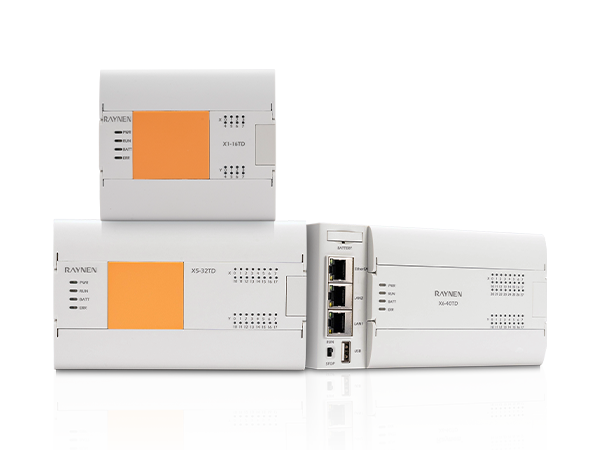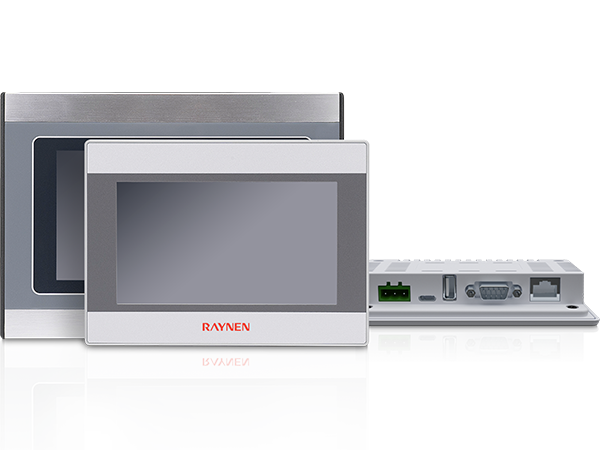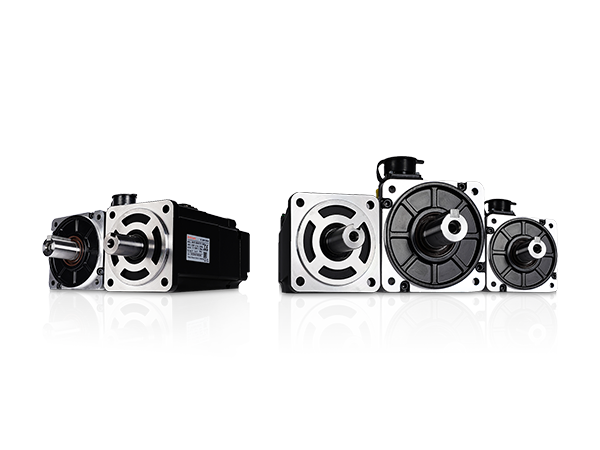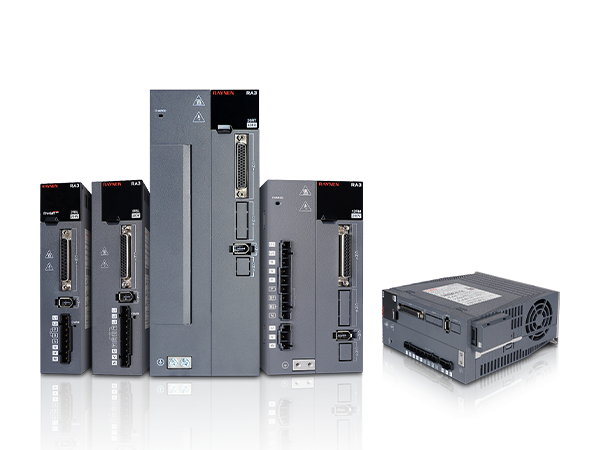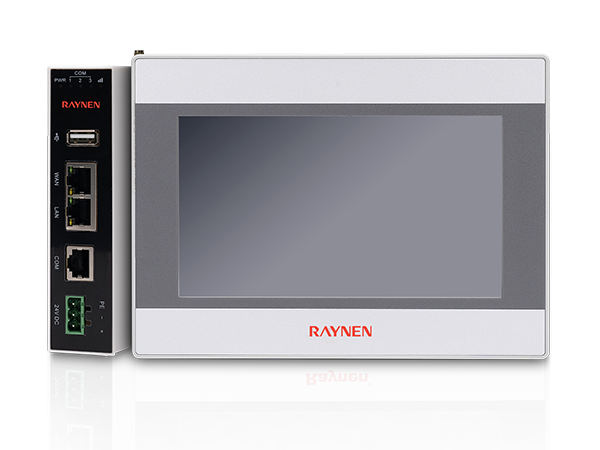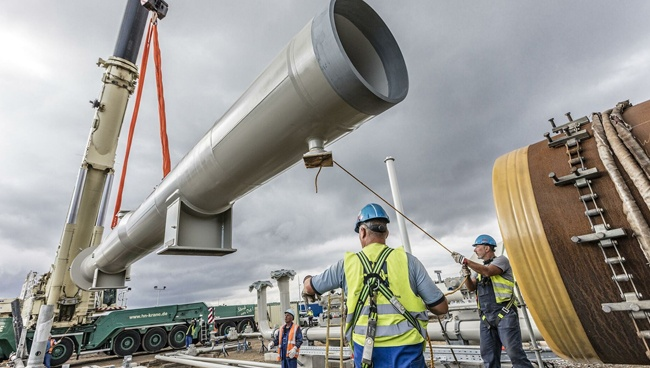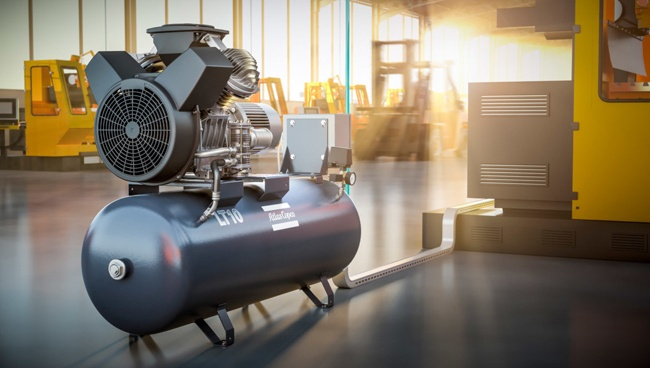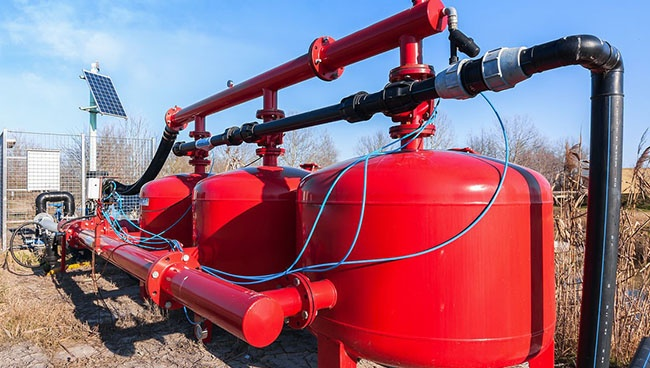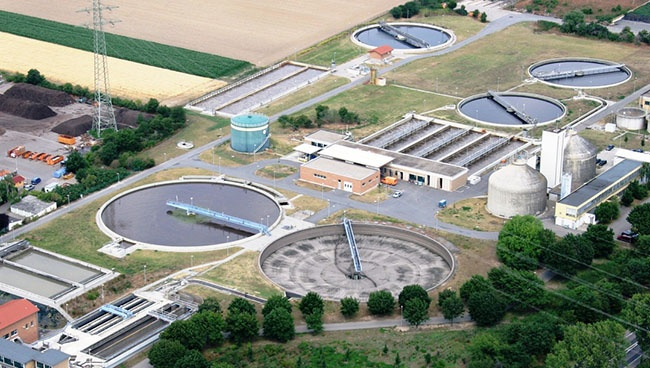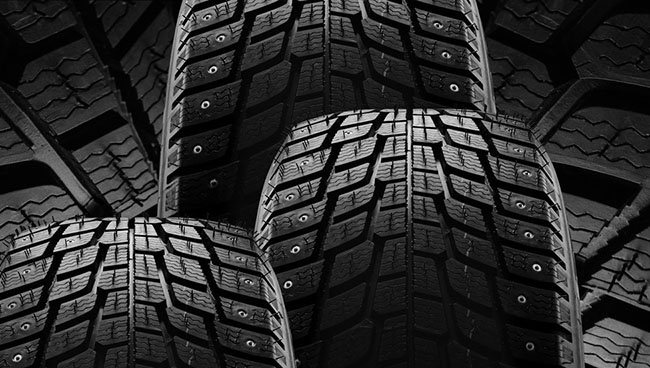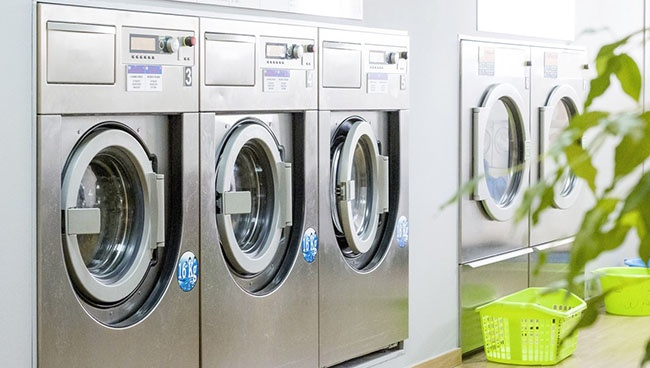1.Introduction to AC Drives (Variable Frequency Drives) In the realm of modern industrial control an......
READ MOREFactors to consider when choosing an AC servo drive
When selecting an AC servo drive, also known as a servo amplifier or servo controller, for your motion control application, several critical factors must be carefully evaluated to ensure optimal performance, efficiency, and longevity. Choosing the right servo drive is paramount for achieving precise control, high-speed operation, and reliable automation in various industrial settings.
1. Motor Compatibility
The most fundamental consideration is the compatibility between the AC servo drive and the servo motor. Not all drives work with all motors. Key aspects to verify include:
-
Motor Type: Ensure the drive supports the specific type of servo motor you're using (e.g., permanent magnet synchronous motors, induction motors).
-
Voltage and Current Ratings: The drive's output voltage and continuous/peak current ratings must match or exceed the motor's requirements. Mismatched ratings can lead to underperformance or damage.
-
Feedback Device Compatibility: Servo motors utilize feedback devices like encoders, resolvers, or Hall sensors to provide position and velocity information. The servo controller must be compatible with the type and resolution of the feedback device on your motor.
-
Motor Pole Count: Some advanced drives require knowledge of the motor's pole count for precise commutation.
2. Application Requirements
The demands of your specific application will heavily influence the servo drive selection. Consider the following:
-
Required Torque and Speed: Determine the continuous and peak torque and speed requirements for your application. The servo amplifier must be capable of delivering these without overheating or tripping.
-
Accuracy and Precision: Applications requiring high positioning accuracy (e.g., machining, robotics) will demand drives with high-resolution feedback support and advanced control algorithms.
-
Bandwidth and Response Time: For dynamic applications with frequent changes in speed or direction, a servo drive with high control loop bandwidth and fast response times is crucial for maintaining stability and precision.
-
Inertia Matching: The inertia of the load should be within a reasonable range (often 1:1 to 10:1 load to motor inertia ratio) for the servo system to perform optimally. Some drives offer advanced algorithms to handle higher inertia mismatches.
-
Operating Environment: Consider factors like temperature, humidity, vibration, and the presence of dust or corrosive agents. The drive's IP rating and operating temperature range should be suitable for the environment.
3. Control Features and Algorithms
Modern AC servo drives come equipped with a wide array of control features and sophisticated algorithms that can significantly impact performance:
-
Control Modes: Look for drives that support the necessary control modes for your application, such as position control, velocity control, torque control, or mixed modes.
-
Auto-tuning Capabilities: Drives with robust auto-tuning functions can simplify commissioning and optimize performance by automatically adjusting control loop gains to match the motor and load characteristics.
-
Resonance Suppression: Advanced features for suppressing mechanical resonance can improve system stability and reduce vibration, especially in systems with long shafts or flexible couplings.
-
Disturbance Rejection: The ability of the drive to quickly compensate for external disturbances (e.g., varying loads) is vital for maintaining precise control.
-
Safety Functions (STO, SS1, SLS): For industrial applications, integrated safety functions like Safe Torque Off (STO), Safe Stop 1 (SS1), and Safely Limited Speed (SLS) are often essential for compliance with safety standards.

4. Communication and Connectivity
The ability of the AC servo drive to integrate seamlessly with your overall control system is paramount.
-
Fieldbus Support: Common industrial fieldbuses include EtherCAT, PROFINET, Modbus TCP, CANopen, and SERCOS III. Ensure the drive supports the communication protocol used by your PLC or industrial PC.
-
I/O Options: The number and type of digital and analog I/O available on the drive should meet your application's needs for limit switches, homing sensors, and other external signals.
-
Software and Programming: User-friendly software for configuration, tuning, diagnostics, and programming can significantly reduce commissioning time and simplify troubleshooting.
5. Physical Characteristics and Cost
Finally, practical considerations like size, mounting, and cost play a role in the selection process.
-
Footprint and Mounting: Ensure the drive's physical dimensions and mounting options are compatible with the available space in your control cabinet.
-
Cooling Requirements: Understand the drive's cooling method (e.g., natural convection, forced air) and ensure adequate ventilation to prevent overheating.
-
Cost of Ownership: Beyond the initial purchase price, consider the long-term cost of ownership, including energy efficiency, maintenance requirements, and the availability of spare parts and technical support.
By thoroughly evaluating these factors, engineers and system integrators can make informed decisions when choosing an AC servo drive (or servo controller) that meets the specific demands of their motion control applications, leading to enhanced performance, reliability, and productivity.

 English
English Español
Español عربى
عربى
